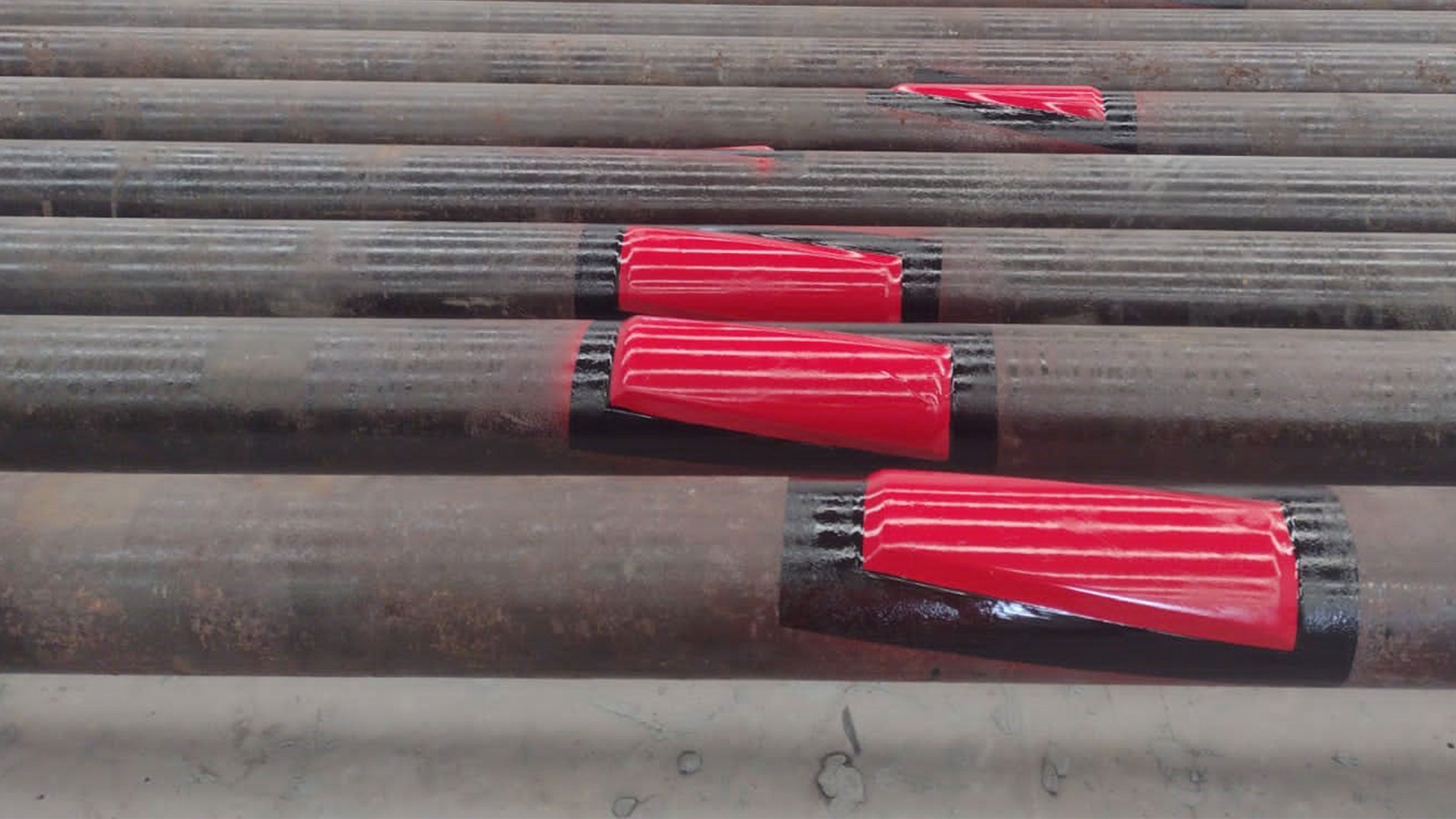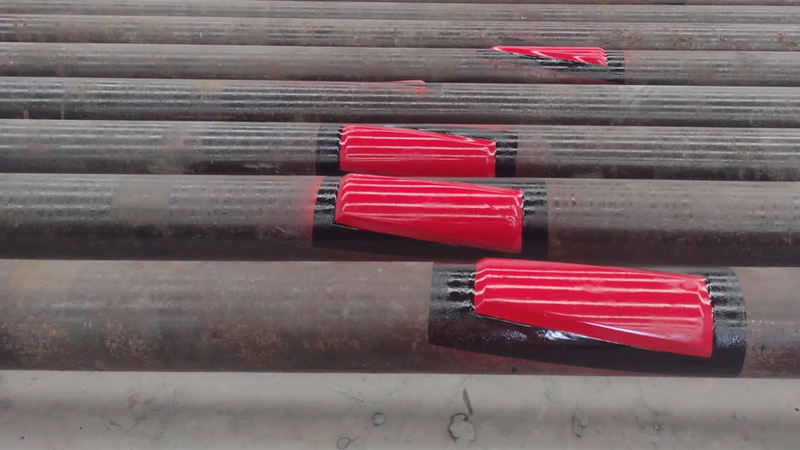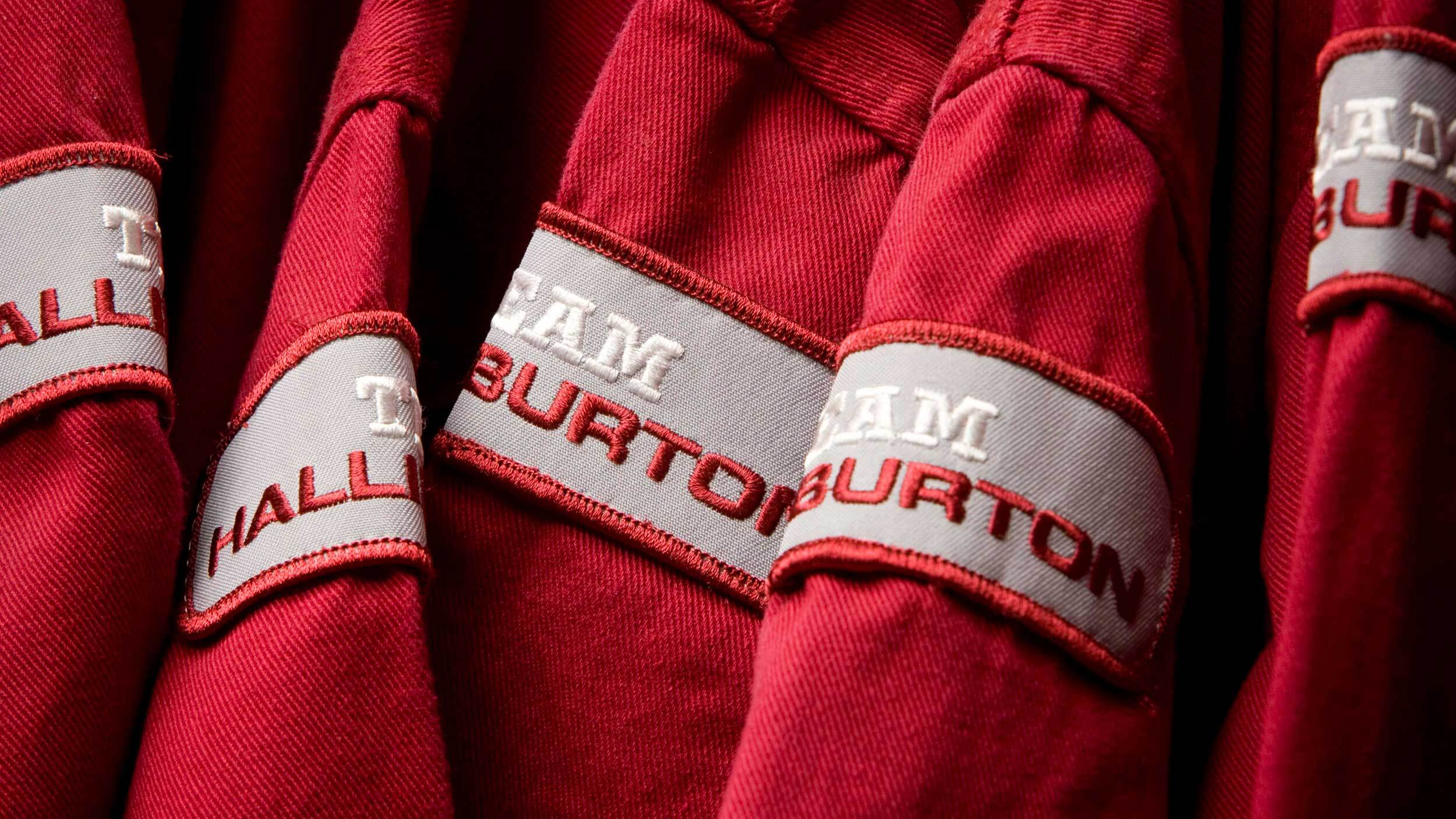 Search
Search
 Search
Search

Customized Protech II™ centralizers deployed to overcome challenges with mass-transport complex and high angle deviation
Download PDFDeepwater

Run casing to bottom in complex wellbore stratigraphy and trajectory conditions
Africa

Mass-transport complexes (MTCs) are large sediment deposits in deepwater basins that often lead to unstable and weak formations. This can make it difficult to predict drilling behavior, final wellbore trajectory, and run casing to planned depth.
A major operator in southern Africa faced MTCs in a deepwater field development campaign; thus, running casing to bottom using conventional centralization solutions would be a challenge. Typical outcomes with conventional solutions include stuck pipe, inefficient cement operations, and remedial operations.
Previous experience running casing with conventional bow spring centralizers indicates these sediments have a high probability to pack off around and in between the bows of the centralizers and casing. This can cause the casing to become stuck. It can also result in low side flow channeling and low mud removal efficiency during pre-job circulation, which can negatively impact cement operations.
In addition to the difficult MTC condition, wells were drilled from a well bay layout of several slots at highly deviated angles, run in parallel. Thus, the complex trajectories to achieve the casing landing target depths were an added challenge.
Halliburton proposed Protech II™ centralization technology for multiple strings in the well design. This included 20-, 16-, 13 3/8-, and 9 5/8-in. casing strings with varied configurations for geometry and positioning on the pipe to address the individual challenge of each section.
Equipped with on-pipe standoff blades custom-designed with tailored spacing and geometry, the Protech II centralizers offer 360° true string offset and an unrestricted flow path between blades. These features help prevent debris buildup and casing contact with exposed fragile formations, reduce the risk of sticking, and allow unrestricted flow paths to minimize equivalent circulating density (ECD) during circulation and cement applications.
Centralizers
Blades on each centralizer
Casing joints
Wells achieved planned depth
Halliburton performed computational analysis to evaluate blade placement for optimum centralization and evaluated the expected torque and drag forces while running casing to bottom.
The in-house engineering design process was adhered to for blade installation. The flexibility and repeatability of the blade forming process enabled the installation of 380 centralizers designed with three to four blades of varied configurations in more than 250 casing joints. As a result, the operator reached the planned depth in all wellbore sections in all 20 wells.
The operator achieved total depth (TD) in all wells, reduced torque and drag forces, and prevented the nonproductive time (NPT) experienced in a previous campaign with conventional bow spring centralizers, where stuck pipe occurred several times.

Protech™ II centralizers reduce friction, enhance flow area, and keep positive standoff.
